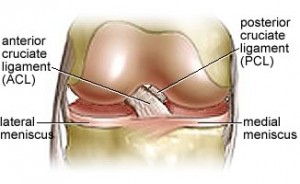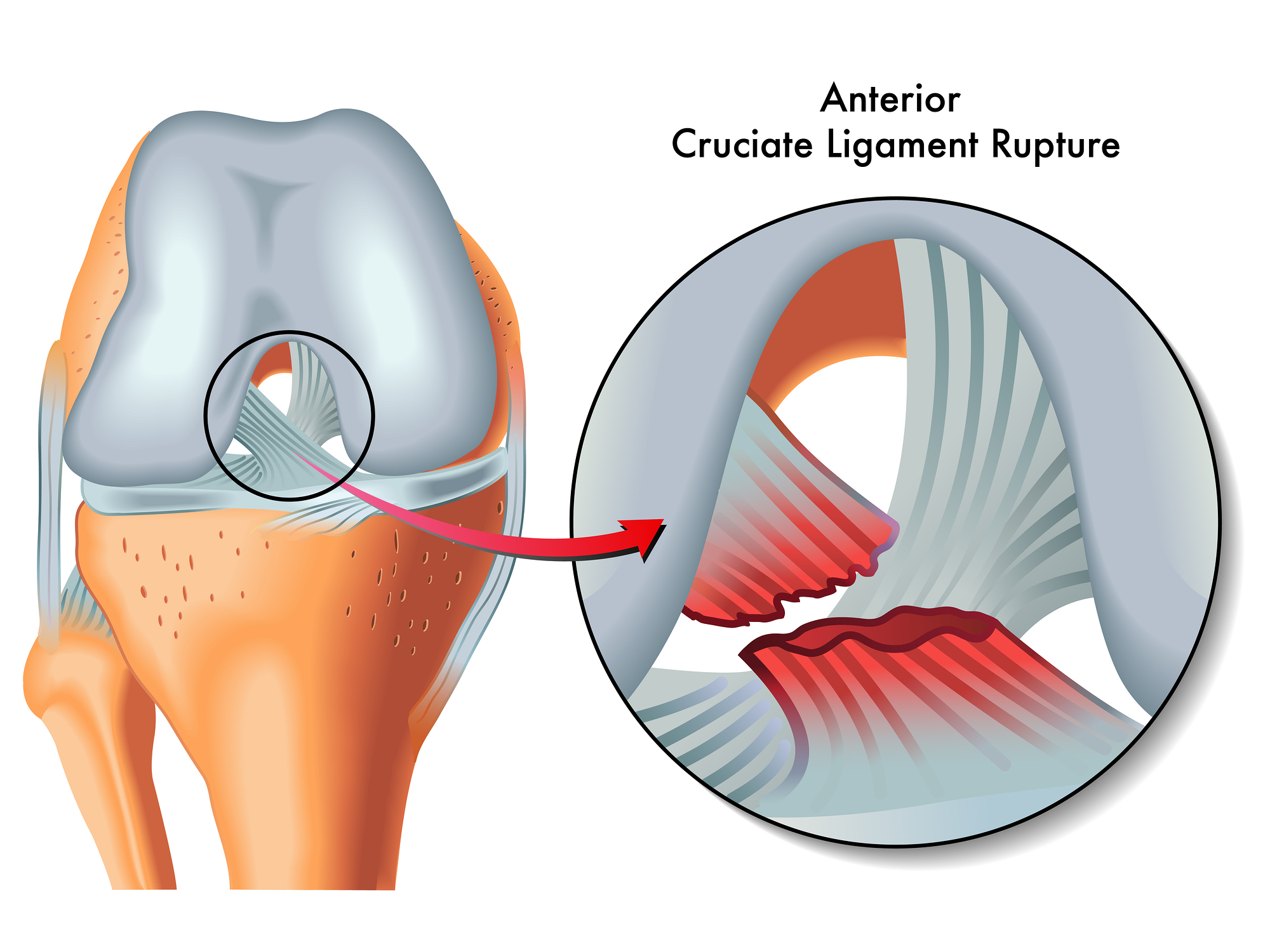With the tennis season now in full swing, I thought it would be useful to write a piece on how to recover from anterior cruciate ligament (ACL) sprain.
You may have also heard in the news this week that Marcus Hahnemann, The Wolverhampton Wanderers goalkeeper has ruptured his ACL and will be out for five to six months.
 ACL Sprains are most common amongst 15-25 year olds who participate in sports that require a pivoting motion. Basketball, soccer and skiing being amongst the most commonly affected sports. I have also experienced myself that tennis with all it’s changes of direction and twisting and turning at speed can also cause ACL sprains.
ACL Sprains are most common amongst 15-25 year olds who participate in sports that require a pivoting motion. Basketball, soccer and skiing being amongst the most commonly affected sports. I have also experienced myself that tennis with all it’s changes of direction and twisting and turning at speed can also cause ACL sprains.
The ACL resists anterior translation of the tibia (shin bone), in relation to the femur (thigh bone) and is four to eight times more common in women than men.
Approximately 80,000 ACL sprains are reported per year in the USA. 70% of these injuries are non-contact.
The medial collateral ligament and medial meniscus are often be injured at the same time as the ACL.
The symptoms experienced with an ACL sprain include:
Pain and instability of the knee
Swelling of the knee
Inability to bear weight on the affected knee
A loud pop may be heard if it’s a complete rupture.
The causes of an ACL Sprain include:
A twisting motion of the knee when changing direction or pivoting.
Over-pronation in the affected limb.
Core instability (possibly caused by visceral inflammation)
Muscle imbalances around the hip and pelvis, especially weak gluteals and abdominals.
Impact injuries, such as car accidents or tackles in rugby or soccer when the foot is planted on the ground.
Tune in next time, when I will be discussing the treatment of an ACL Sprain…

